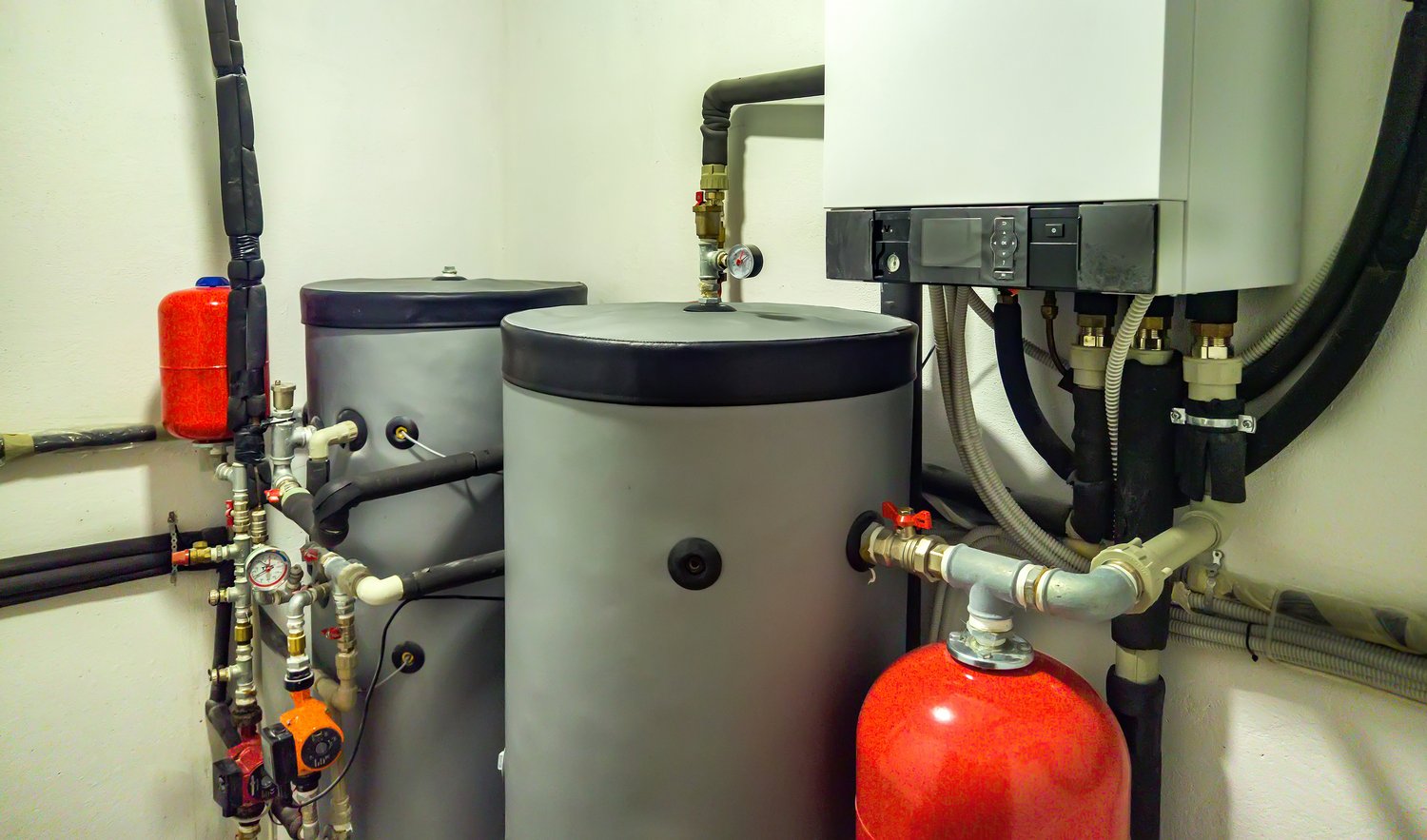Understanding buffer tanks in heating systems
Buffer tanks play a crucial role in modern heating systems. These large vessels store hot water, helping to maintain consistent temperatures throughout a building. A typical buffer tank can hold between 200 and 2000 liters of water, depending on the size of the property. They act as thermal batteries, storing excess heat when demand is low and releasing it when needed. This process improves system efficiency by reducing the frequency of boiler cycling. Buffer tanks and accessories come in various sizes and configurations to suit different heating requirements. Some models include built-in heat exchangers, while others are designed for use with external heat sources.
Heating systems benefit greatly from the inclusion of buffer tanks. They help to balance heat distribution, especially in systems with multiple heat sources or intermittent demand. For example, a 500-liter buffer tank can provide up to 20 kWh of stored thermal energy. This stored energy can be used to meet peak demand periods without straining the primary heat source. Additionally, buffer tanks can extend the lifespan of heating equipment by reducing wear and tear on components. They also contribute to improved system response times, ensuring faster delivery of heat when needed.
The integration of buffer tanks requires careful planning and sizing. Factors such as the heating system’s output, building size, and occupancy patterns all influence the choice of tank. A properly sized buffer tank can reduce energy consumption by up to 15% in some cases. It’s essential to consider insulation quality, as well-insulated tanks can retain heat for longer periods. Many modern buffer tanks and accessories feature advanced controls for optimized performance and integration with smart home systems.
Exploring storage tanks and heat exchangers
Storage tanks are fundamental components in many heating and hot water systems. They come in various types, including direct, indirect, and solar-ready models. Direct storage tanks heat water within the tank itself, while indirect tanks use an external heat source. A typical residential storage tank might hold between 100 and 300 liters of water. Larger commercial systems can have tanks with capacities exceeding 1000 liters. The choice of tank depends on factors such as hot water demand, available space, and energy source.
Heat exchangers are devices that transfer thermal energy between two or more fluids. They are commonly used in conjunction with storage tanks to improve system efficiency. Plate heat exchangers, for instance, can achieve efficiency rates of up to 95% in some applications. These components are crucial in systems where direct contact between fluids is undesirable, such as in solar thermal setups. Storage tanks exchangers buffers often work together to create highly efficient and responsive heating systems.
When selecting storage tanks and heat exchangers, several factors must be considered. These include material compatibility, pressure ratings, and temperature ranges. For example, a stainless steel tank might be preferred for its corrosion resistance in hard water areas. Heat exchangers come in various configurations, such as shell-and-tube or plate designs, each suited to different applications. It’s important to match the capacity and performance of these components to the specific requirements of the heating system. Proper sizing and selection can lead to energy savings of up to 30% compared to poorly matched systems.
Optimizing heating system performance
Efficient heating systems rely on the proper integration of all components. This includes boilers, pumps, radiators, and control systems working in harmony. Regular maintenance is crucial for optimal performance. For instance, annual boiler servicing can improve efficiency by up to 10%. It’s also important to balance radiators and check for air locks, which can reduce system efficiency by up to 15% if left unaddressed. Upgrading to smart controls can provide additional energy savings of 10-30% in many cases.
Insulation plays a vital role in system efficiency. Well-insulated pipes can reduce heat loss by up to 70% compared to uninsulated ones. This is particularly important in areas like lofts or unheated spaces. Similarly, insulating storage tanks and buffer vessels can maintain water temperature for longer periods, reducing the energy needed for reheating. Modern insulation materials can be up to 50% more effective than older types, making upgrades a worthwhile consideration.
Heating systems benefit from regular assessments and upgrades. Technologies like condensing boilers can achieve efficiencies of up to 98%, compared to 70-80% for older models. Integrating renewable energy sources, such as solar thermal panels or heat pumps, can further reduce reliance on fossil fuels. These systems can provide up to 70% of a household’s hot water needs in some cases. It’s important to consult with a qualified heating engineer to ensure all components are compatible and properly sized for optimal performance.





